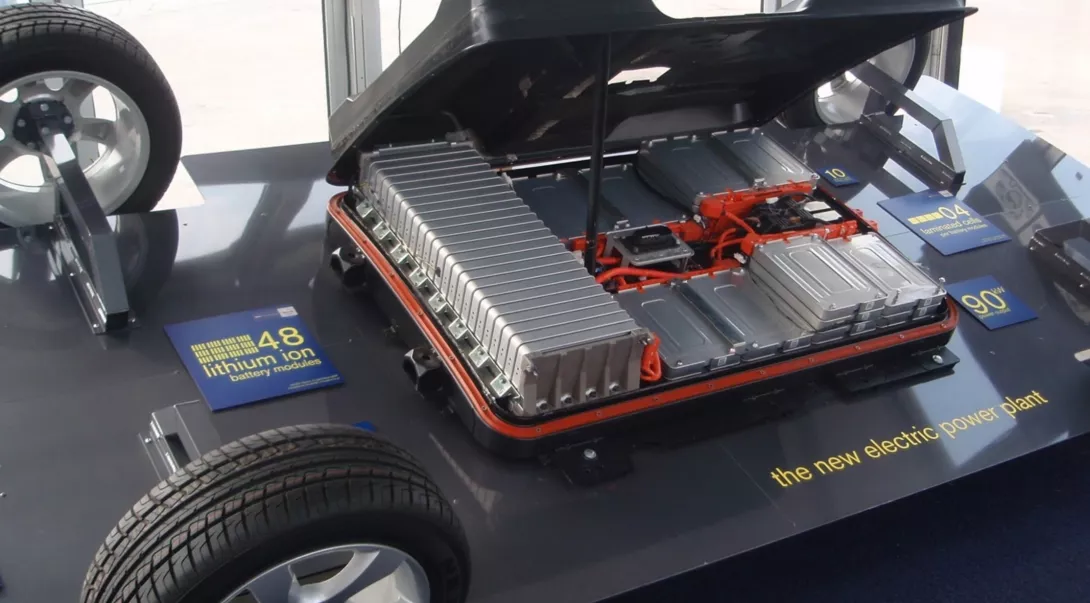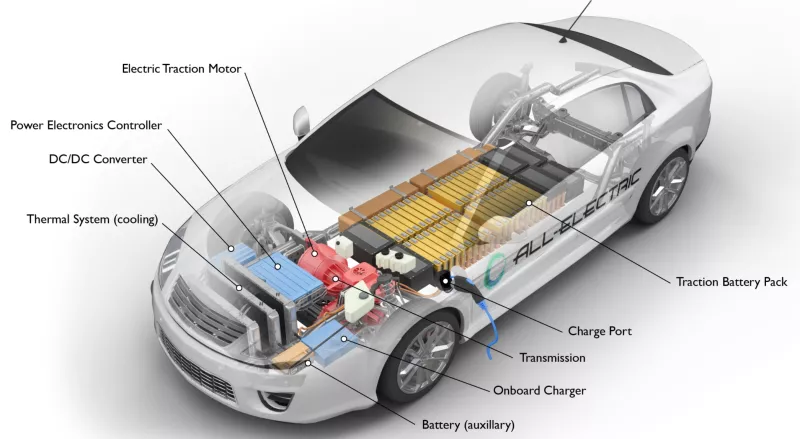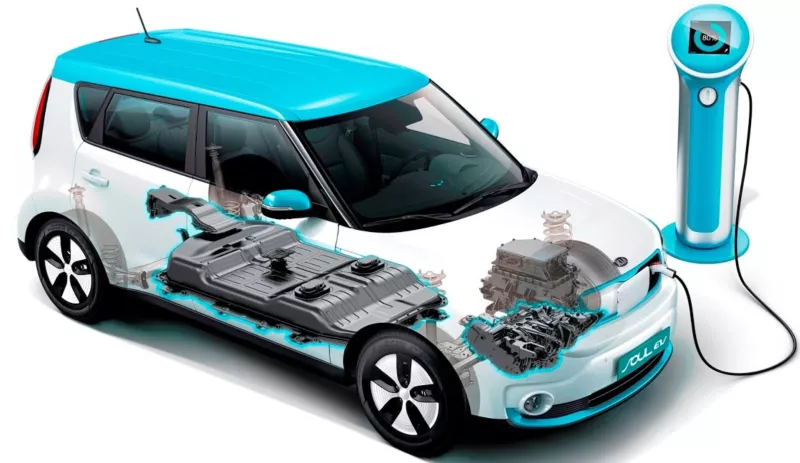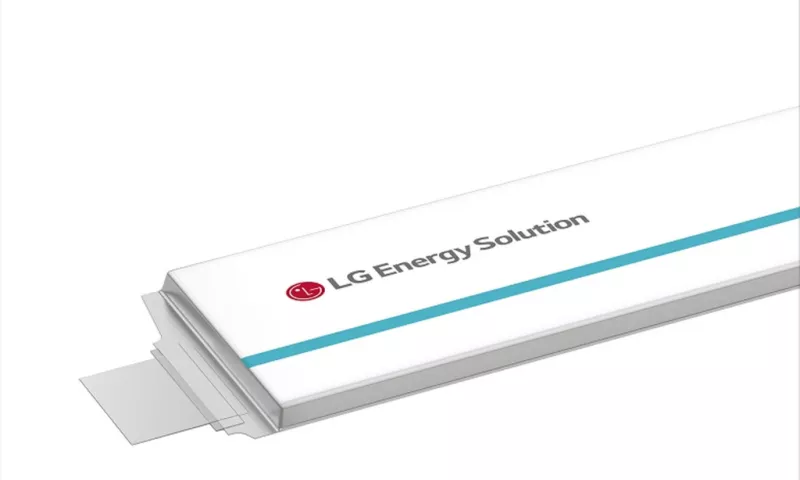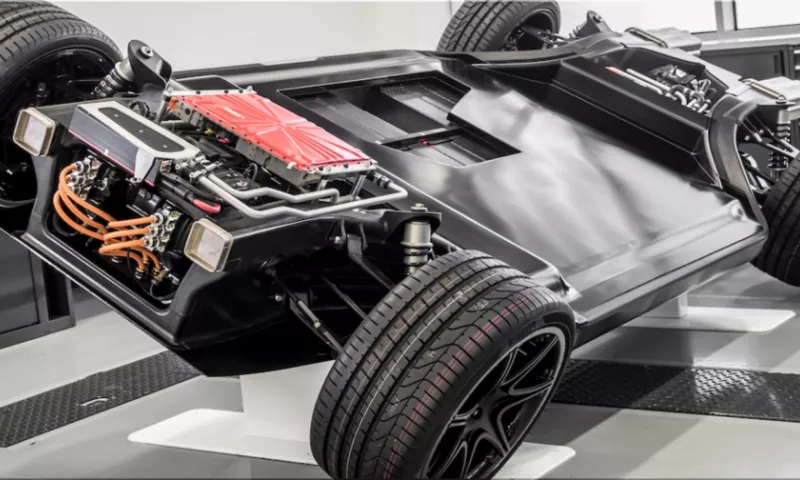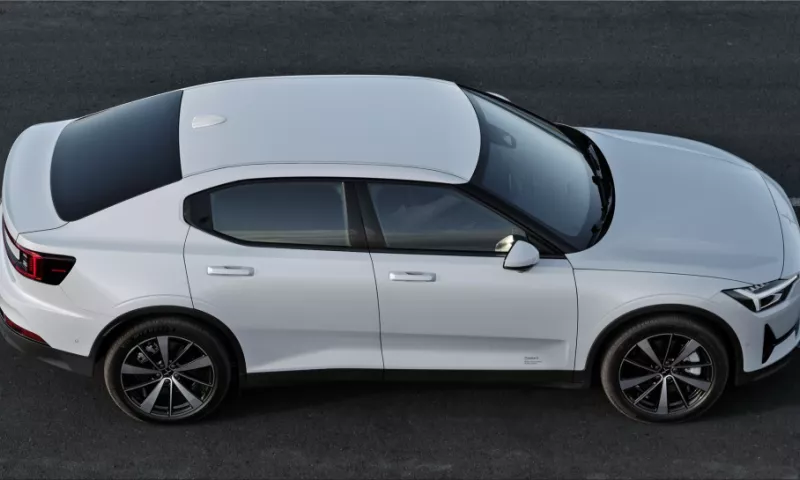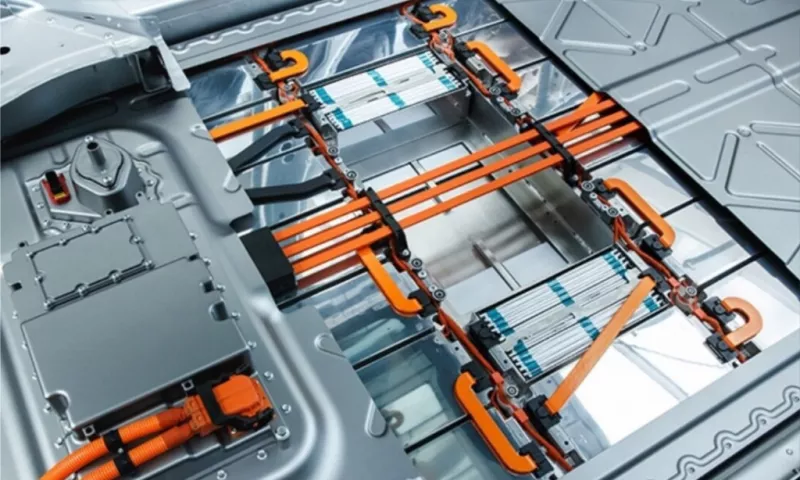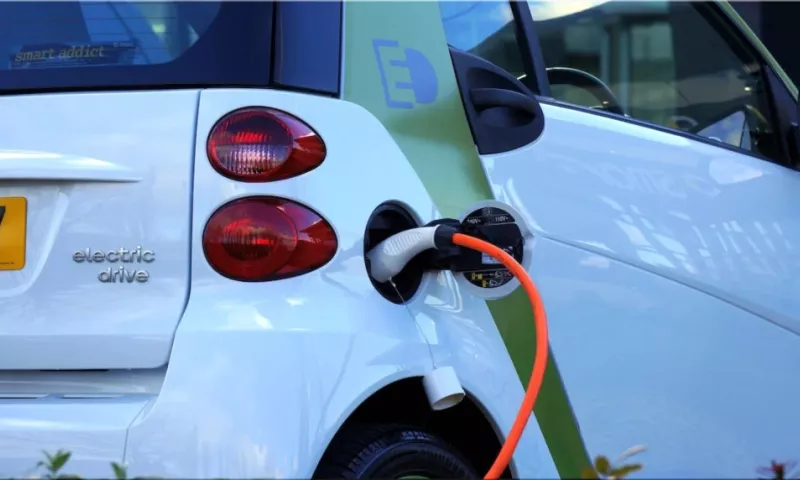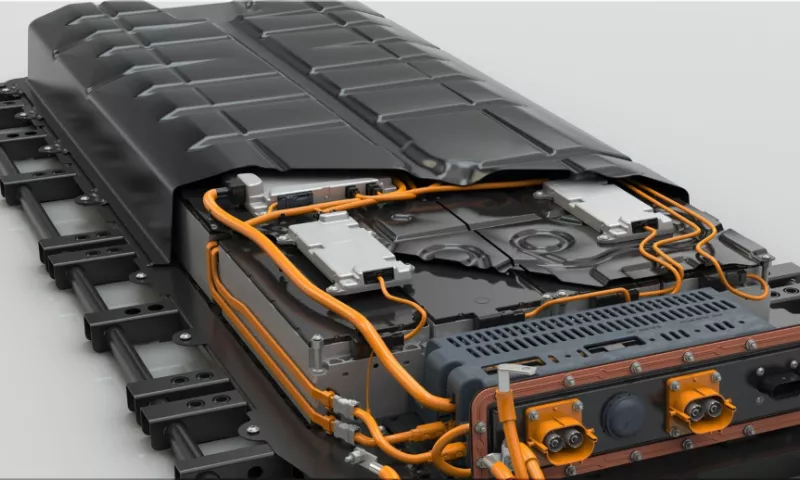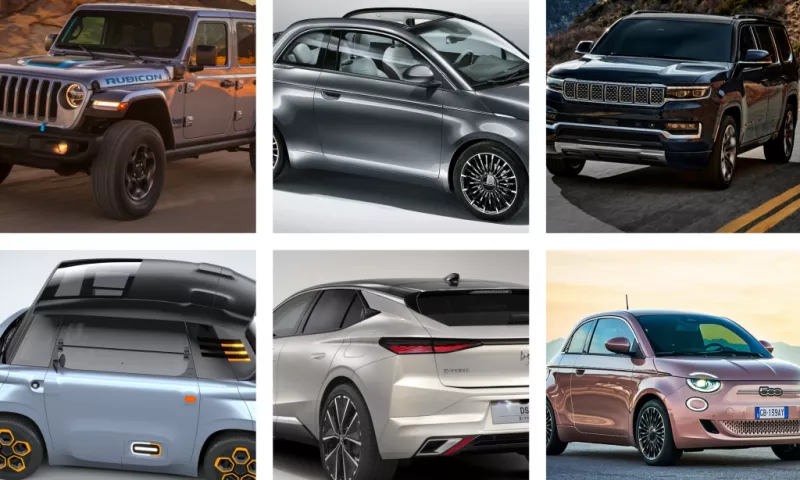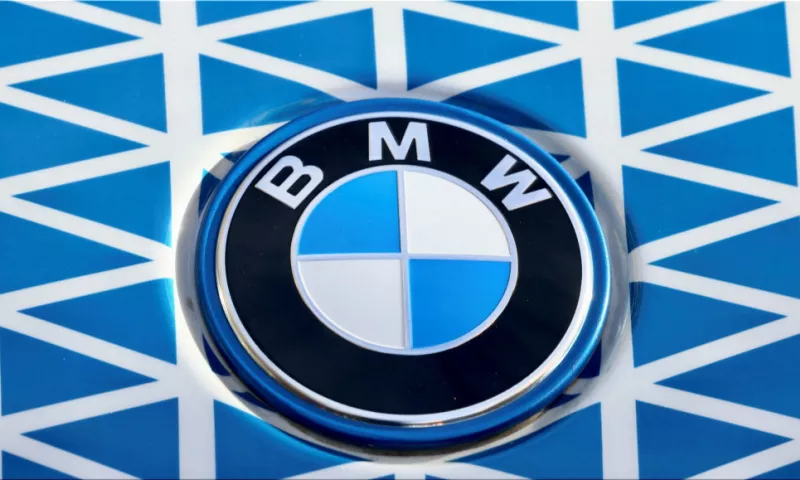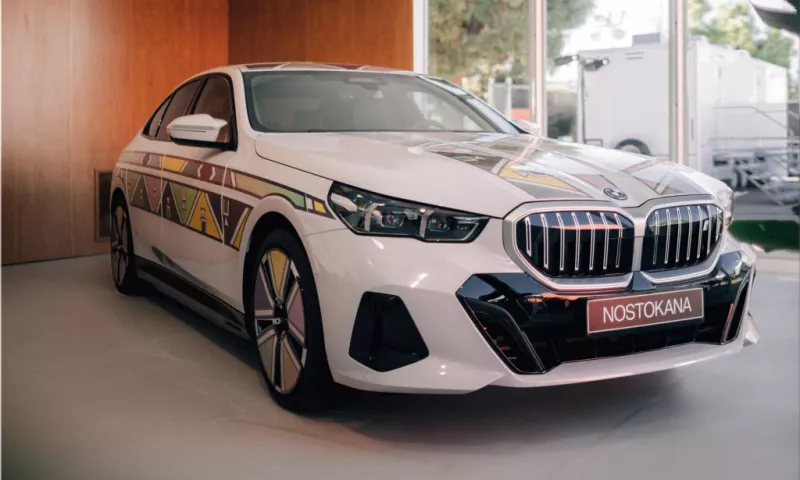Electric cars have entered our daily life confidently and, apparently, for a long time. Despite all the difficulties of this year, the number of operated electric vehicles exceeded 10 million units. The main source of energy for such vehicles is the battery. The capacity of the battery along with the engine power is one of the most important characteristics of an electric car. Consequently, the issue of how you can prolong the battery life of an electric vehicle is becoming more and more important.
Before answering this question, you need to understand the features of the electric vehicle battery.
The principle of battery maintenance
The battery is the most expensive part of an electric car. It consists of many thousands of small cells that can be combined into packs (modules) with a serial connection.
Most electric cars are equipped with lithium-ion batteries. When charging is in progress, lithium ions from the cathode, through a conductor (electrolyte), move to the anode made of carbon. In the process of discharging (when the battery begins to work), the reverse process occurs. However, the cathode is not completely restored and cannot accept the entire volume of ions. As a result, fewer ions enter the cathode, and the battery itself loses its capacity. With a loss of approximately 30% of its capacity, the battery is considered inoperative. This can take 5-10 years depending on the battery design.
The energy generated by the battery is supplied to the controller, from where it is transmitted to the engine.

